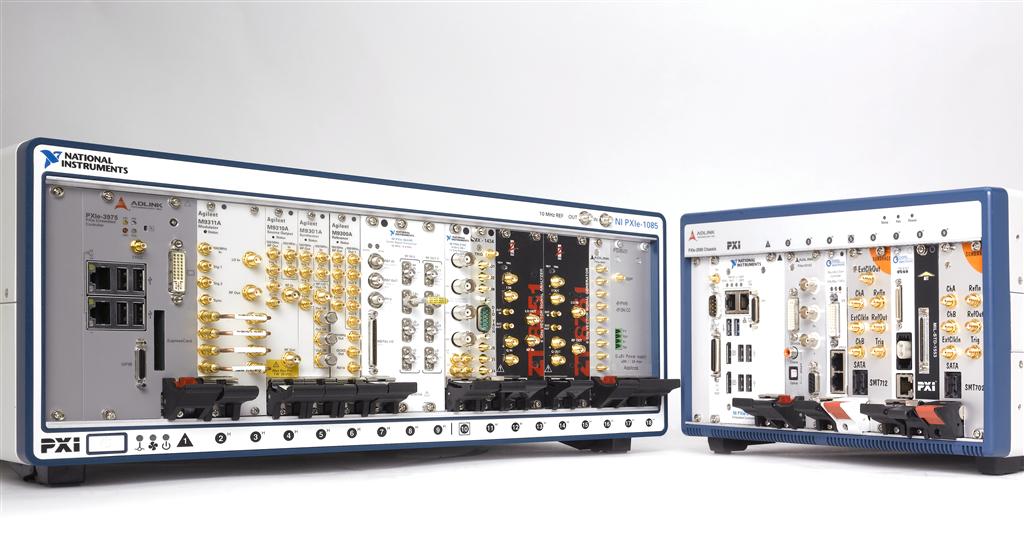Description
The National Instruments SCC-FV01 Frequency-to-Voltage Module, with Part Number 777459-32, is an advanced device designed to convert frequency inputs ranging from 0 Hz to 100 Hz into voltage outputs.
This module is capable of handling input signal amplitudes of +/- 200 mV and is equipped with 2 RSE (Referenced Single-Ended) input channels, providing versatility and precision in various applications.
It features a 0 V threshold and a 200 mV hysteresis, ensuring stable performance across different operating conditions. The device maintains an output offset of a maximum of 5 mV, contributing to its accuracy.
With an analog power specification of 100 mW, the National Instruments SCC-FV01 is both energy-efficient and reliable, suitable for a wide range of frequency-to-voltage conversion needs in scientific and industrial settings.
| Attribute | Specification |
|---|---|
| Part Number | 777459-32 |
| Product Name | National Instruments SCC-FV01 Frequency-to-Voltage Module |
| Input Frequency Range | 0 Hz to 100 Hz |
| Input Signal Amplitude | +/- 200 mV |
| Input Channels | 2 RSE (Referenced Single-Ended) |
| Threshold | 0 V |
| Hysteresis | 200 mV |
| Output Offset | 5 mV maximum |
| Analog Power | 100 mW |
Q1: What is the range of input signal amplitudes that the National Instruments SCC-FV01 Frequency-to-Voltage Module can handle?
A1: The National Instruments SCC-FV01 Frequency-to-Voltage Module can handle a maximum input signal amplitude of +/- 200 mV, and it has an analog power specification of 100 mW.
Q2: What is the range of frequency inputs that the National Instruments SCC-FV01 Frequency-to-Voltage Module can convert into voltage outputs, and what are the characteristics of its input signal amplitude, input channels, and output offset?
A2: The National Instruments SCC-FV01 Frequency-to-Voltage Module with Part Number 777459-32 can handle input signal amplitudes of +/- 200 mV and is equipped with 2 RSE (Referenced Single-Ended) input channels.
Q3: What is the maximum output offset of the National Instruments SCC-FV01 Frequency-to-Voltage Module, and how does it contribute to the device’s accuracy?
A3: The National Instruments SCC-FV01 Frequency-to-Voltage Module can handle input signal amplitudes of +/- 200 mV.
Q4: What are the input signal amplitude limitations and Referenced Single-Ended input channel specifications of the National Instruments SCC-FV01 Frequency-to-Voltage Module with Part Number 777459-32?
A4: The maximum output offset of the National Instruments SCC-FV01 Frequency-to-Voltage Module is 5 mV, and this low offset contributes to the device’s accuracy by minimizing the potential deviation between the actual output voltage and the expected value based on the input frequency.
Q5: What is the maximum input signal amplitude that the National Instruments SCC-FV01 Frequency-to-Voltage Module can handle, and what is its analog power specification?
A5: The National Instruments SCC-FV01 Frequency-to-Voltage Module can convert frequency inputs ranging from 0 Hz to 100 Hz into voltage outputs, and it handles input signal amplitudes of +/- 200 mV, features 2 RSE input channels, and maintains an output offset of a maximum of 5 mV.



